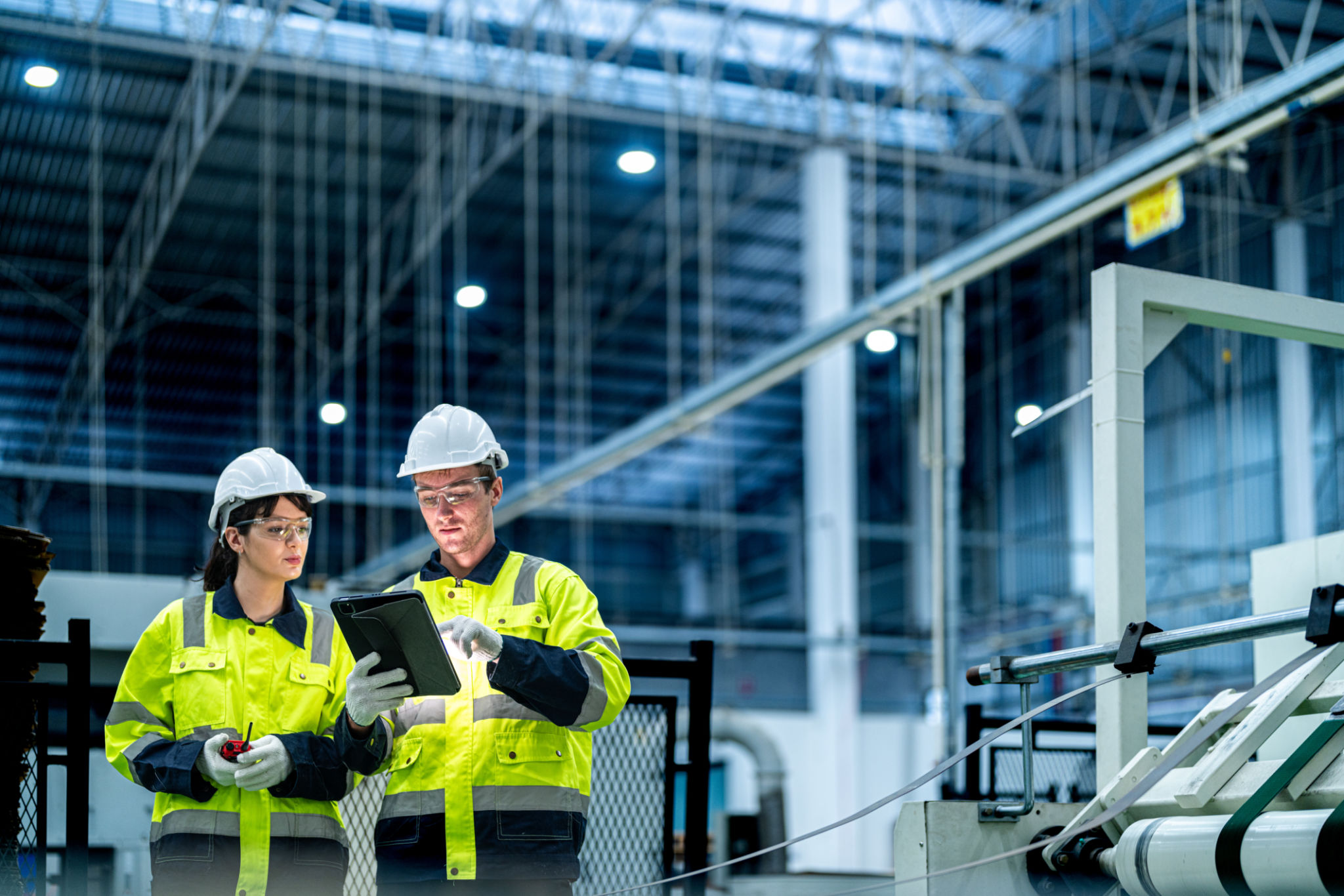NDT vs. Destructive Testing: Which is Right for Your Project?
Understanding NDT and Destructive Testing
When embarking on a new project, understanding the difference between Non-Destructive Testing (NDT) and Destructive Testing is crucial for ensuring structural integrity and safety. Both methods have their advantages and limitations, making it essential to choose the right one for your specific needs.

Non-Destructive Testing (NDT) is a testing process that does not cause damage to the material or structure being examined. It is widely used in various industries such as aerospace, automotive, and construction to ensure the reliability of components without compromising their usability. NDT methods include ultrasonic testing, radiographic testing, and magnetic particle testing.
Advantages of Non-Destructive Testing
NDT offers several benefits that make it a popular choice among engineers and quality assurance professionals. Here are some of the key advantages:
- Preservation of Materials: Since NDT methods do not damage the test object, it allows for the continued use of the component after examination.
- Cost-Effectiveness: By avoiding the destruction of materials, NDT can save costs associated with replacing damaged components.
- Real-Time Results: Many NDT techniques offer immediate results, enabling quick decision-making and timely interventions if necessary.

Destructive Testing: A Deeper Dive
On the other hand, Destructive Testing involves testing methods that damage or destroy the sample to assess its properties. This type of testing is beneficial when understanding the limits of a material or structure is necessary. Common destructive tests include tensile testing, impact testing, and fatigue testing.
While destructive testing can provide more detailed insights into the material's behavior under stress, it comes with its own set of challenges. The primary disadvantage is that the test object cannot be used afterward, which might be a significant consideration depending on the project's nature and budget constraints.
Choosing the Right Testing Method
The decision between NDT and Destructive Testing largely depends on the specific requirements of your project. Consider the following factors when making your choice:
- Material Value: If preserving the material is crucial due to cost or availability, NDT is often preferred.
- Project Budget: Evaluate if your budget allows for potential waste associated with destructive testing.
- Testing Objectives: Determine whether you need to understand the material's limits or its current condition without damage.

Industry Applications
The choice between NDT and destructive testing also varies across industries. In aerospace, where safety is paramount and components are expensive, NDT is extensively used. Conversely, in research and development settings, destructive testing may be more common to understand fundamental material properties.
In construction, a combination of both methods might be employed. While NDT can be used for ongoing inspections during a building's lifecycle, destructive tests might be conducted during the initial research phase to select appropriate materials.
Conclusion
The choice between NDT and Destructive Testing hinges on a careful assessment of project goals, budget constraints, and industry standards. Both methods offer unique insights that are valuable in different contexts. By understanding both testing approaches, you can make an informed decision that ensures both safety and cost-effectiveness for your project.
